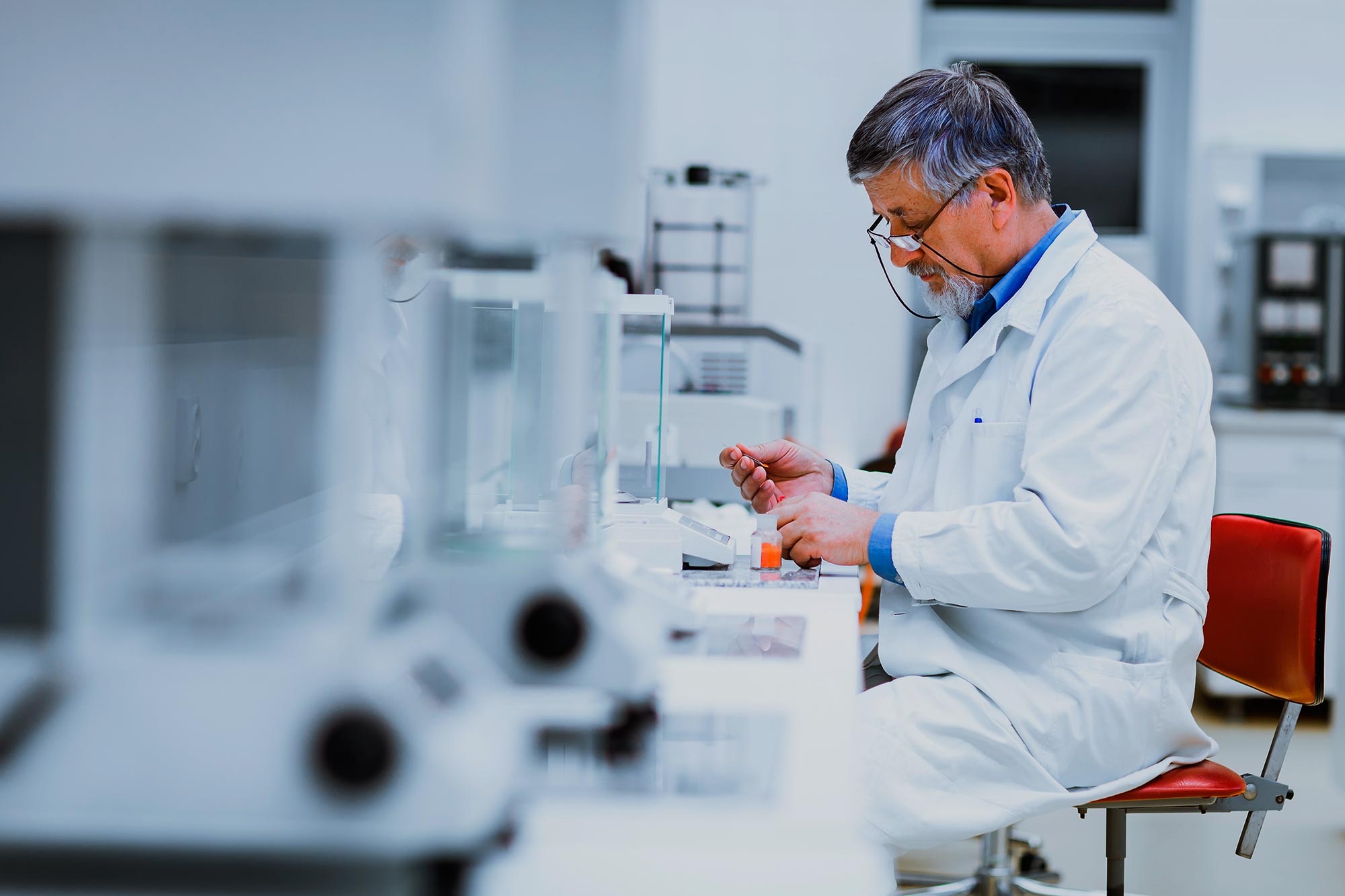
In the News
Ethnography says research can do better
Ethnography says research can do better, and improve the reproducibility crisis. We just have to overcome some age-old hurdles. There’s a great article on this topic by Nicole Nelson in Nature. The forces I see pulling in their own directions are:
- Animal Care and Veterinary Staff want to know one animal from the next, i.e. maintain individual identification. This way they can track observations, clinical findings and any issues with a particular animal.
- Researchers want to know that the group identity of each animal is secret. So as not to introduce bias.
- Management wants to know that the work is done efficiently.
Q: Is there an efficient way to perform tasks, track animals, and prevent bias?
A: A digital ID will do this.
When we observe an animal – not eating, fight wound, circling behavior, etc – we scan the digital ID and add that observation to the record. We can also access history of that individual and follow any trends, and rely on pre-set limits for individual performance such as change in body weight. The technician does not need to know what experimental group it is in, but, the software will know and may use that information in the algorithm to determine acceptable limits.
When the researcher is reviewing the data, and analyzing the group performance, they will see if there is any trend in the extracurricular information provided by the technicians. This can be a valuable addition to the prescribed data stream.
Doing this in a software platform that allows multiple user access to real time data makes the process more efficient. There is no need to contact the PI about any animal performance, they have access to this news as soon as it is recorded. This is not to say there are not times when a phone call is urgently needed, but reporting through a comprehensive system gives us access to all the information.
Technician: Dr Jones, one of your mice is in respiratory distress.
Dr Jones: Is it in the experimental group or the controls?
Technician: You don’t let us know that information.
You can see an example of how easy it is to digitalize a research mouse here: Digital Mouse. Once digital, we have the ability to track data and observations, control who sees what information, set limits on various parameters, and be highly efficient at our jobs. With a digital ID, tasks like randomization and blinding to prevent bias are made easier. Lost identification, mistaken identity, unrecorded events, lack of confidence in what is recorded … all of this can go away under a digital vivarium.
Author: Eric Arlund, January, 2022 – please contact Eric at earlund@somarkinnovations.com if you would like to discuss any of the topics raised in this article.



